
Ahobilam...
Ahobilam
The Sacred Abode of the Nava Narasimha by: Dr. Gomathi Gowda₹1,200.00 Original price was: ₹1,200.00.₹1,080.00Current price is: ₹1,080.00.
ISBN: 9788195171811
Year Of Publication: 2021
Edition: 1st
Pages : 145
Language : English
Binding : Hardcover
Publisher: Universal Publishing
Size: 30
Preface
1.Ahobilam Math
2.History of Ahobilam Temple
3.Etymology
4.Inscriptional & Literary Reference
5.Sthalapurana
6.Significance Sri Narasimha Avatar
7.Prahlada – The Great Devotee
8.Ramanuja – The Great Philosopher
9.The Nava Narasimhakshetra
10.Eguva And Diguva Ahobilam
11.Mandapam
12.Koneru
13.Bronze Images
14.Rituals
15.Festivals

“Ahobilam” Cancel reply
- Sale!ABIA by: Asha Gupta
₹2,100.00Original price was: ₹2,100.00.₹1,890.00Current price is: ₹1,890.00.Volume four contains 1344 records on South and Southeast Asia selected out of 1800 records from the ABIA South and Southeast Asian Art and Archaeology Index database. Volume four has been compiled by the ABIA project team at IGNCA New Delhi. It includes all forms of scholarly publications, ranging from survey works to small but important articles in composite books and journals published in India between 2006 and 2011. Subjects include pre- and protohistory, historical archaeology, ancient art history, modern art history, material culture, epigraphy and palaeography, numismatics and sigillography (seals). The bibliographic descriptions (with the original diacritics), keywords and annotations have made this reference work a reliable guide to recently published scholarly work in the field.
- Sale!Rated 5.00 out of 5Sanskrit Parsing by: Amba Kulkarni
₹900.00Original price was: ₹900.00.₹810.00Current price is: ₹810.00.India has a rich grammatical tradition, still extant in the form of Panini’s grammar as well as the theories of verbal cognition. These two together provide a formal theory of language communication. The formal nature of the theory makes it directly relevant to the new technology called Natural Language Processing.
This book, first presents the key concepts from the Indian Grammatical Tradition (IGT) that are necessary for understanding the information flow in a language string and its dynamics. A fresh look at these concepts from the perspective of Natural Language Processing is provided. This is then followed by a concrete application of building a parser for Sanskrit using the framework of Indian Grammatical Tradition.
This book not only documents the salient pieces of work carried out over the last quarter century under Computational Paninian Grammar, but provides the first comprehensive exposition of the ideas involved. It fills a gap for students of Computational Linguistics/Natural Language Processing who are working on Indian languages using Paninian Grammatical Framework for developing their computational models and do not have direct access to the texts in Sanskrit.
Similarly for the Sanskrit scholars and the students it provides an example of concrete application of the Indian theories to solve a contemporary problem. - Sale!Assimilation of Brahmanism into Buddhism by: Sampa Biswas
₹2,100.00Original price was: ₹2,100.00.₹1,890.00Current price is: ₹1,890.00.Assimilation of Brahmanism into Buddhism is a research work on Buddhism and Buddhist art of early medieval period in India. Archaeological materials and literary records suggest that Buddhism had a continuous existence during the third century bce to the thirteenth century ce in India. Though early Buddhism was totally different in its doctrines and faith from the Brahmanical system, the Buddhism of today is a religio-philosophical system having assimilated and adopted new ideas and beliefs from the environment in which it was born and nurtured.
The introduction of Tantrism bought Buddhism and Brahmanism closer to each other. It opened the gate to the vast field of Buddhist iconography along with Tantric practices, deities, mudras and mandalas. Many of these were influenced by the Brahmanic idea of godhead and some were the combination of one or more ideas of Brahmanic divinities. There was assimilation of a number of factors between Brahmanism and Buddhism.
This scholarly volume addresses the different aspects of this assimilation process by getting into a historical study of Hinayana and Mahayana Buddhism; outlining the political history, and socio-economic and religious changes during 300700 ce; scanning the political and economic background and the spreading of esoteric Buddhism; emergence of Vajrayana Buddhism; and providing a detailed sketch of Vajrayana images. - Sale!Absence of the Buddha Image in Early Buddhist Art by: Kanoko Tanaka
₹1,500.00Original price was: ₹1,500.00.₹1,350.00Current price is: ₹1,350.00.It is next to impossible today to even think of Buddhism without the presence of the Buddha image! The image of the Buddha, in truth, has not only come to symbolise the essence of Buddhism but is also a brilliant expression of the cultural/artistic achievements of the Buddhists since ancient times. Surprisingly, the Buddha image developed at a later stage of the evolutionary process; after the parinirvana of the Buddha, the Buddhists for a considerable time beheld the Buddha and experienced him in their own minds without taking recourse to the Buddha image itself. In Absence of the Buddha Image in Early Buddhist Art, Dr. Tanaka, a well-versed scholar, has for the first time ever explored the absence of the Buddha image in Buddhist art particularly in the period from third century bc to late first century ad in order to rediscover the significance of this phenomenon. Dr. Tanaka observes Bharhut and Sanchi sculptures to point out the most essential motifs and elements of stupa-art design the visible facts pertaining to the absence of the Buddha image. The author studies the religious, philosophical, artistic and political significance of the visible facts, highlighting the concept of the empty throne as the motif representative of that absence. She applies the empty throne concept to the sanctuaries of monotheistic religions, and thus undertakes a comparative study of Buddhism and other religions, particularly, Zoroastrianism, Judaism, Christianity, Islam and Sikhism to suggest that present-day discussions on the linkage between religions can centre on this theme. The dexterous handling of the topic combined with the authors use of first-hand research material makes this an erudite study. The directness in the authors approach and the unwavering eye on the theme sustains the interest throughout. An abundance of visual material, i.e., drawings and photographs, and tables immensely aid in analysis of the visible facts. This intense work on a rich theme offers well-researched and interesting material that will be useful to scholars of religious studies, fine arts and even philosophy.
- Sale!Buddhist Art in India and Sri Lanka by: Virender Kumar Dabral
₹1,000.00Original price was: ₹1,000.00.₹900.00Current price is: ₹900.00.The book is a comprehensive study of the evolution and development of Buddhist visual art in India and Sri Lanka, taking into consideration their diverse forms and the impact of regional trends on them. Consulting a number of original sources including scholarly works in the Sinhala language, Dr. Dabral highlights the salient features of ancient Buddhist art in the two countries with special attention to architecture, sculpture, painting, use of symbols like the lotus and Sri Lanka devil masks. Dr. Dabral emphasises how Sri Lankan Buddhist art though originally derived from Indian art, developed its own art forms on the basis of local conditions. The critical study evaluates Buddhist art under various rulers/empires such as the Mauryan empire, the Kushanas, the Nagas and the Guptas. With numerous plates and an extensive bibliography, it gives insights into important aspects like the architectural excellence of stupas and viharas, the Sigiriya frescoes, Ajanta and Bagh paintings, Mathura, Gandhara and Sarnath schools of art, and the Jatakas as reflected in carvings at Sanci, Amaravati and other places.


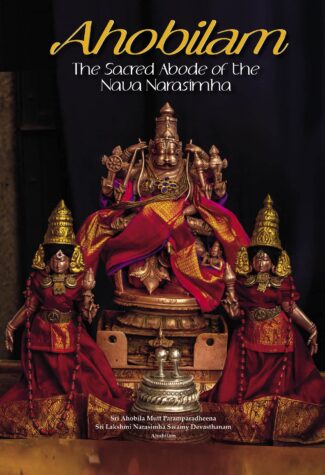

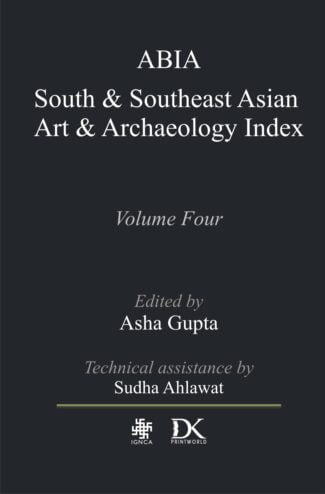
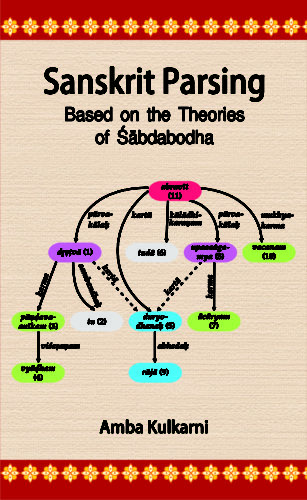
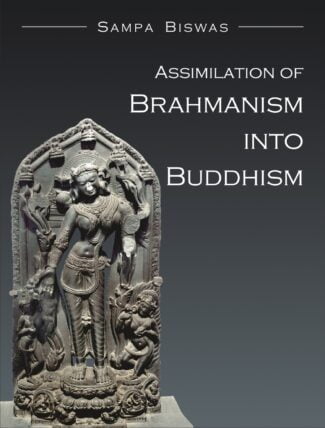
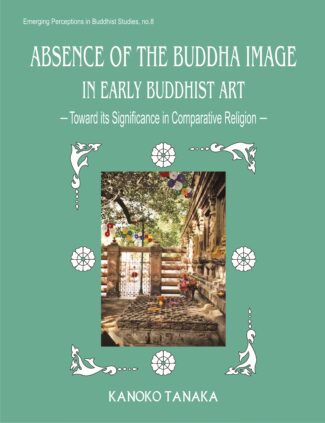
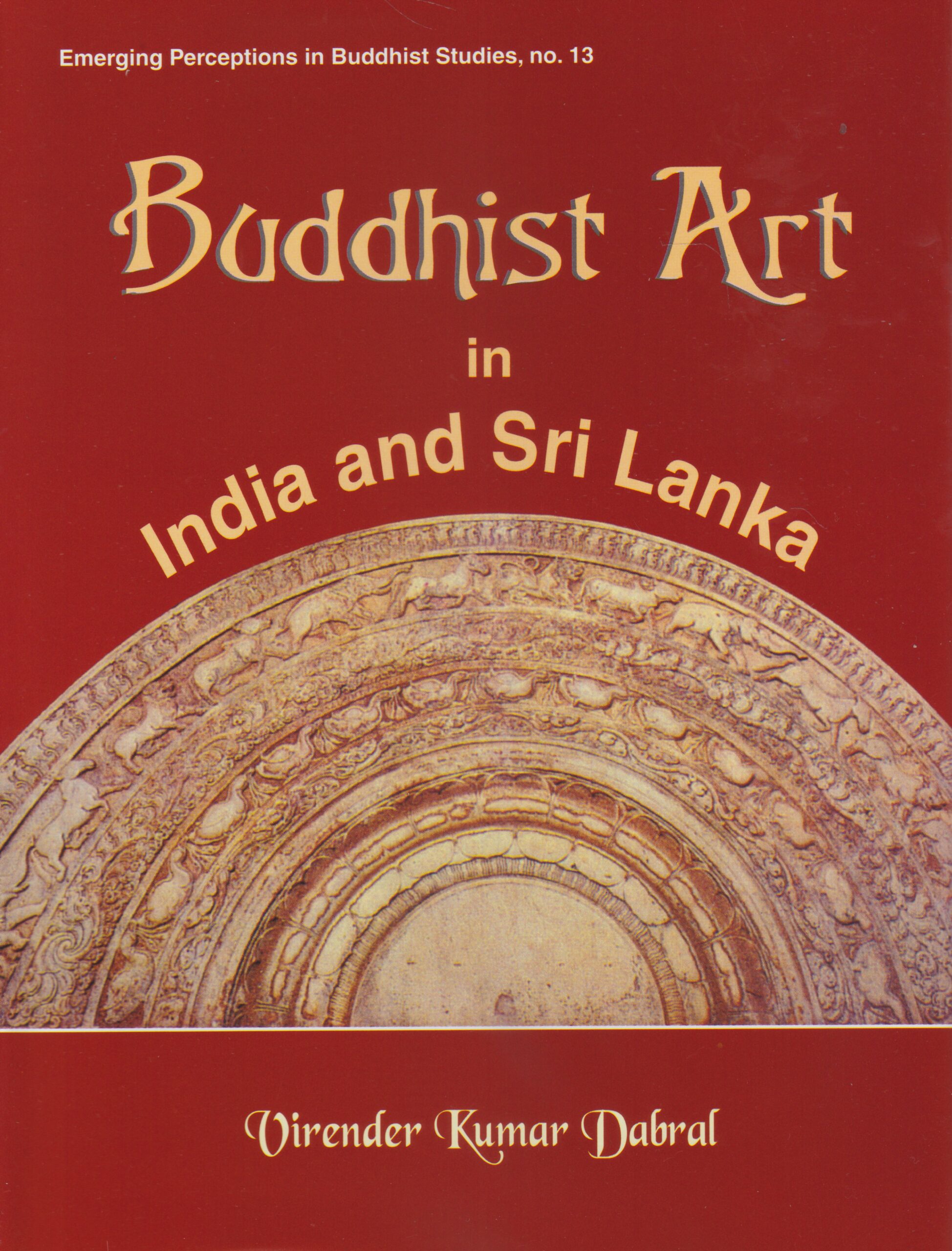
There are no reviews yet.